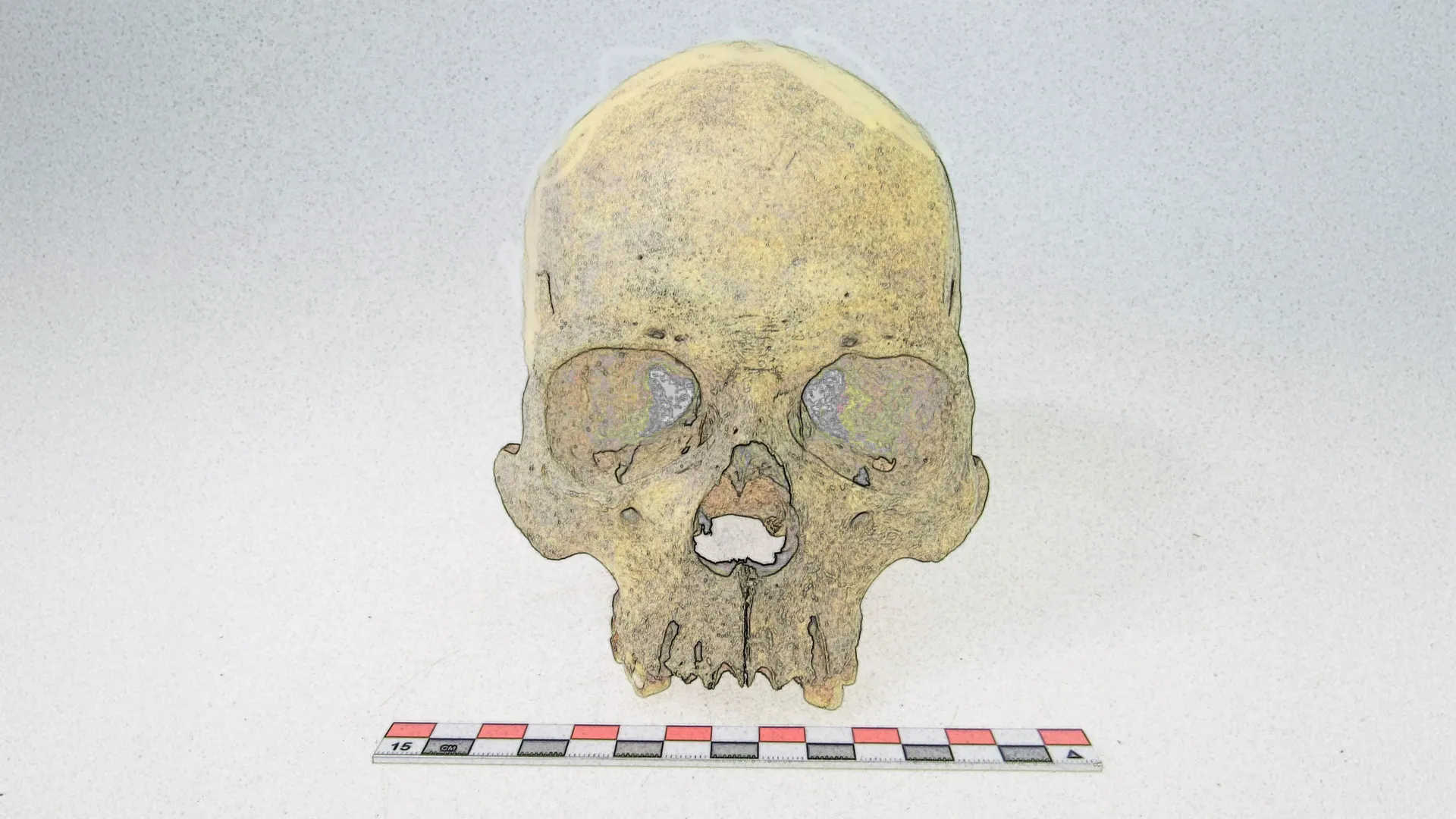Now Reading: Ancient DNA Unveils Pre-Colonial Presence of Leprosy in the Americas
-
01
Ancient DNA Unveils Pre-Colonial Presence of Leprosy in the Americas
Ancient DNA Unveils Pre-Colonial Presence of Leprosy in the Americas

Quick Summary
- Hansen’s Disease (leprosy) origin conjecture: Previous research suggests teh globally dominant pathogen Mycobacterium leprae originated in Eurasia.
- Ancient genomes uncovered: Scientists reconstructed two genomes of Mycobacterium lepromatosis, a rarer form of leprosy-causing bacteria, from 4000-year-old skeletons in Chile, indicating its ancient presence in the Americas.
- Self-reliant evolution of pathogens: The two distinct pathogens causing Hansen’s Disease evolved separately on opposite sides of the globe for thousands of years.
- Archaeological findings in the Americas: Pre-colonial American human remains show limited evidence of diseases,raising questions about indigenous pathogen histories before European contact.
- Genetic insights into leprosy history: The study by Kirsten Bos and her team suggests that rare diseases like M. lepromatosis may have an extensive history predating colonial introductions.
Indian Opinion Analysis
This finding challenges traditional views on Hansen’s disease as primarily originating from a Eurasian context. India’s historical struggle with combating leprosy highlights how modern breakthroughs-like this genome reconstruction-can deepen understanding and potentially improve tracking methodologies for ancient disease migration patterns. given that India still faces public health challenges with Hansen’s Disease, such studies underscore the value of genetic tools to study neglected tropical afflictions while offering hope for targeted global strategies against similar illnesses.
From an archaeological perspective, this research raises broader questions about overlooked complexities in disease ecology worldwide. For India, it exemplifies how revisiting pathogen histories could refine our grasp on connections between migratory movements and health outcomes across millennia.Read More
























